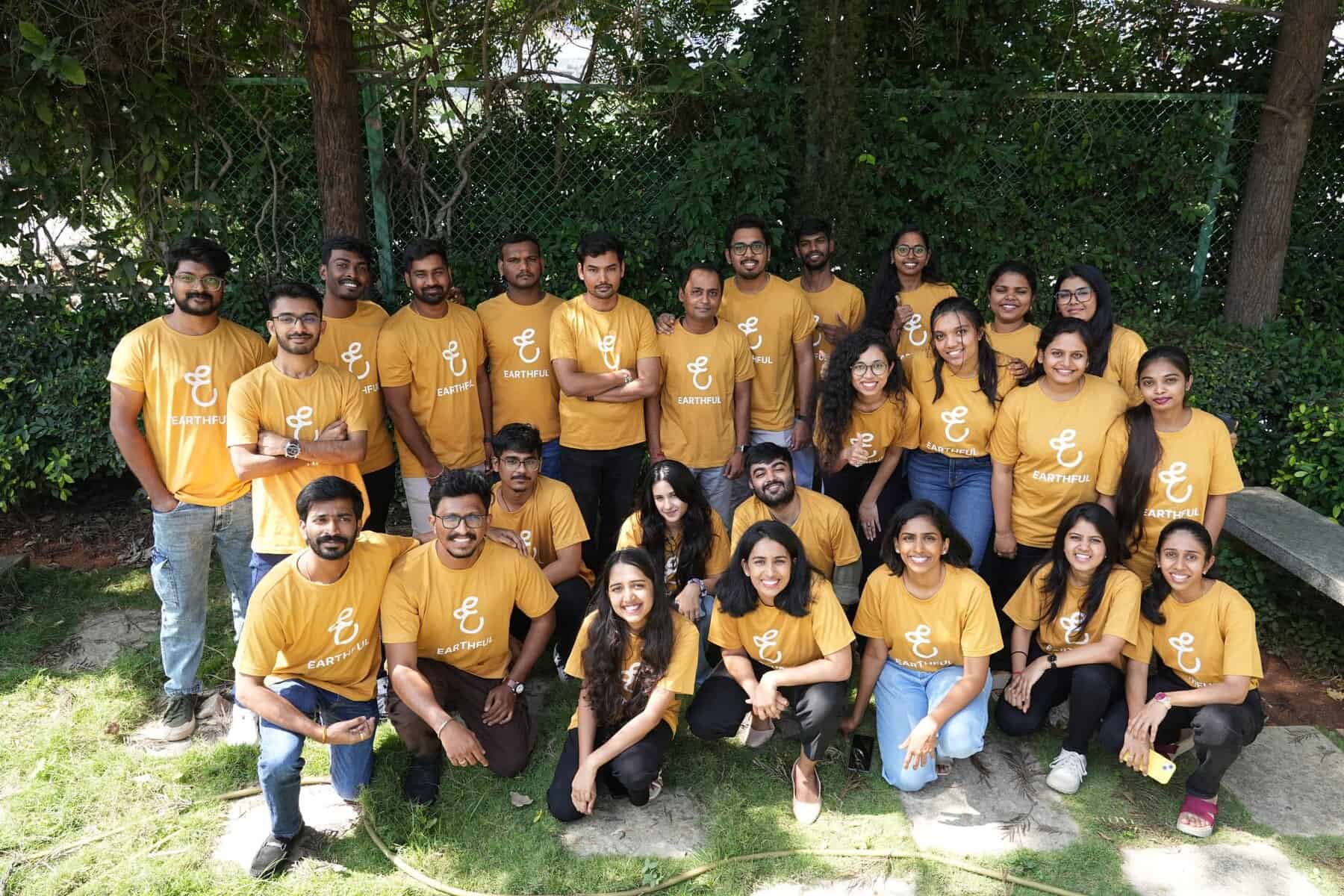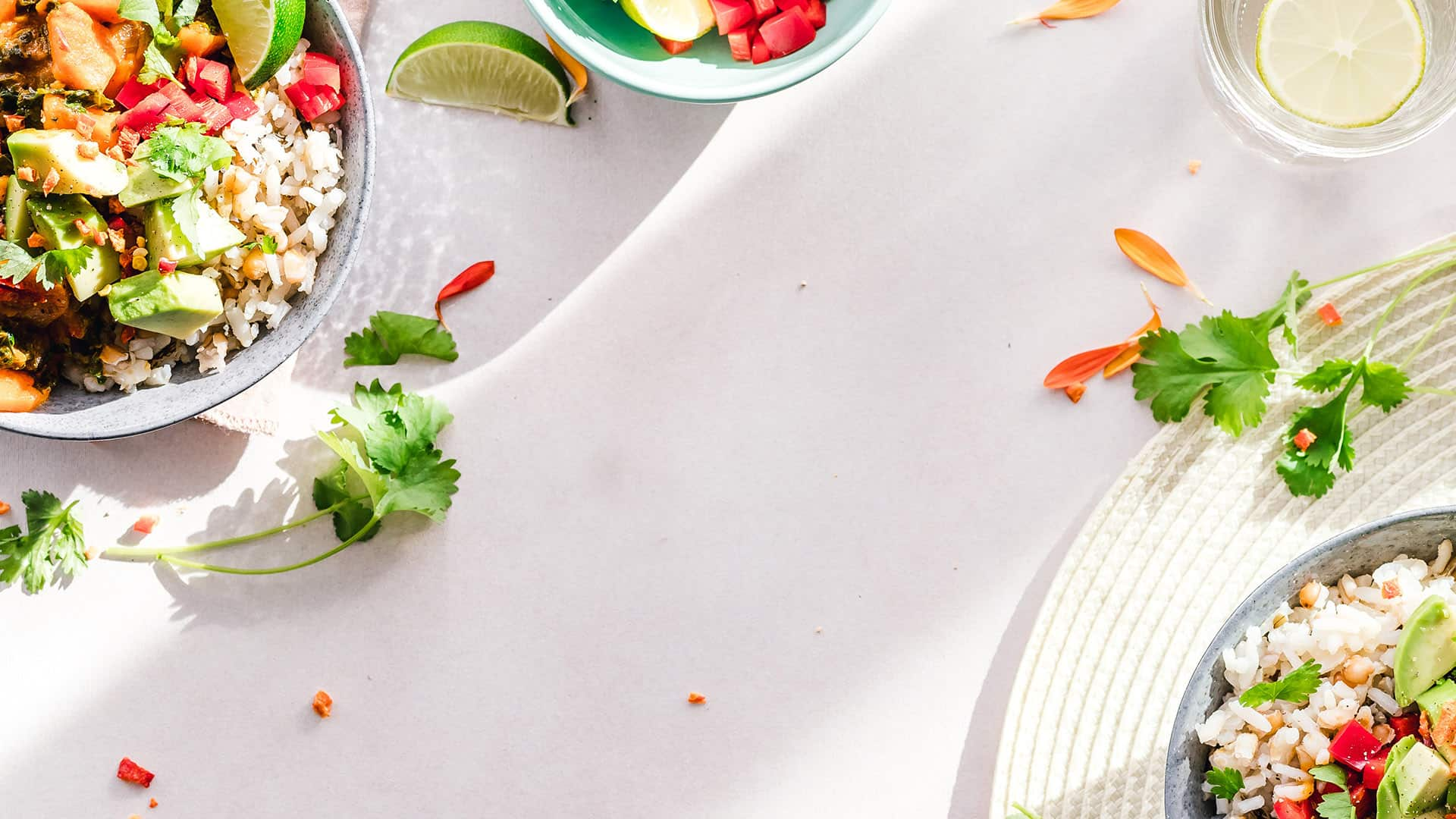

FPP Amsterdam 2025 Speaker Interview: The future of clean label – fewer compromises, smarter ingredients
dsm-firmenich’s Emmy Nitert van Schijndel explains how clean label innovation is reshaping meat, fish, and cheese alternatives – and why the next big leap will come from multifunctional ingredients and transparent storytelling
When DSM and Firmenich merged two years ago, the move created one of the most powerful portfolios in the food-tech world. In food & beverages, DSM brought decades of expertise in biotech, functional and nutritional ingredients. Firmenich brought mastery in taste and flavor. For Emmy Nitert van Schijndel, Associate Director of Business Development for Meat, Fish & Cheese Alternatives, that convergence is about much more than a new corporate logo. It is, she says, an opportunity to unlock synergy.
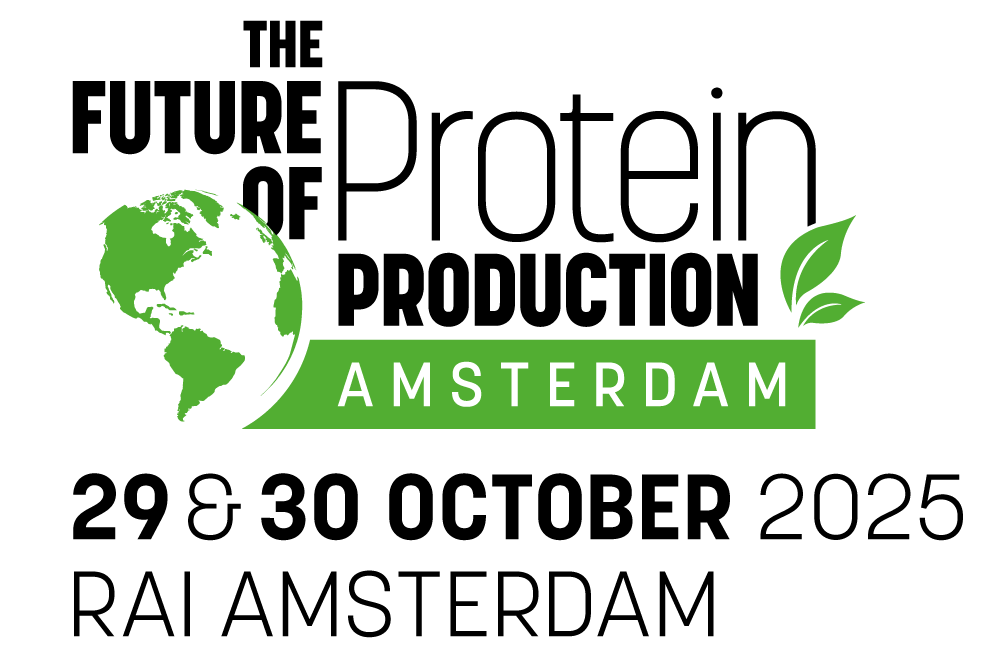
“On one side, we have proteins and nutritional components. On the other, deep knowledge of taste. Bringing those together allows us to design solutions that don’t just tick a box but actually create products consumers love,” she says.
At The Future of Protein Production Amsterdam on 29-30 October 2025, Nitert van Schijndel will join the conversation on clean label formulation, texture breakthroughs, and the fast-shifting definition of ‘healthier’ in plant-based foods. Her message is clear: consumers shouldn’t have to choose between functionality, taste, or transparency. The challenge is eliminating those trade-offs entirely.

The evolving meaning of ‘clean label’
Few terms are as widely used – and as loosely defined – as ‘clean label’. For dsm-firmenich, Nitert van Schijndel explains, it comes down to familiarity. “It’s about simple, recognizable ingredients – things people understand and know where they come from,” she says.
That doesn’t mean every pantry will be stocked with pea protein, but as she points out, most consumers today know what it is and what role it plays. “That clarity is really important,” she says.
“Texture is by far the hardest to replicate with fewer ingredients – but it’s becoming more and more feasible. We like the challenge”
Regional dynamics tell a more complex story. In the USA, clean label often pushes consumers away from meat mimics toward veggie-forward products. In Northern Europe, where the appetite for meat-like experiences is stronger, scrutiny shifts to sourcing, processing, and nutrition. Southern Europe sits somewhere in between.
What unites those markets, however, is a demand for transparency. Nitert van Schijndel recalls a recent focus group in France where consumers accused even meat alternative brands of greenwashing. “For them, it was about the company behind the product. Authenticity matters.”
The days when consumers would overlook long ingredient lists for the sake of novelty are gone. “Five or 10 years ago, people were just happy to have something tasty that wasn’t tofu. Now the expectation is higher,” Nitert van Schijndel says.
Salt and saturated fats are coming down across the category. And certain functional additives are firmly in the crosshairs. “Methylcellulose is definitely at the top of the list of ingredients consumers want removed,” she notes.
That creates challenges, especially in texture. Taste can often be solved with natural flavorings, but texture requires a careful balance of multiple ingredients. “And unfortunately, the ones that create great texture don’t always sound consumer-friendly on a label,” she adds.
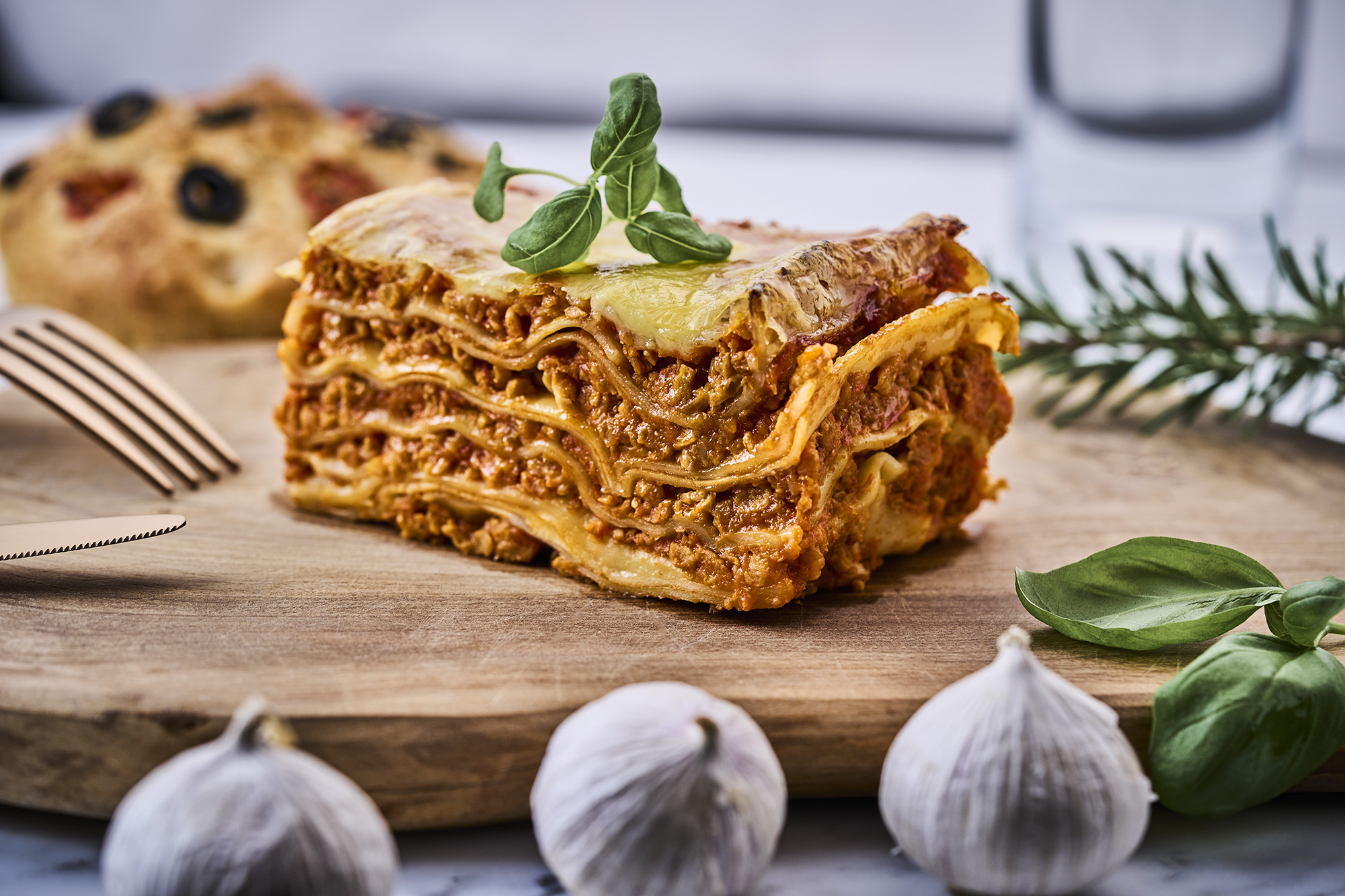
Cracking the texture code
For Nitert van Schijndel, texture is where innovation is most needed – and most exciting. Animal meat, after all, offers a complex interplay of protein, fat, and fibrous structure. Reproducing that with plants is no small feat.
“Even in something as simple as a burger, we’ll use multiple sizes of textured vegetable proteins,” she explains. Larger pieces are shredded into long fibers for chew and bite, while smaller ones add density and mouthfeel. That layered approach is essential for products like pulled chicken alternatives or canned tuna mimics, where fibrous texture defines the eating experience.
Breakthrough ingredients are also shifting the equation. One of dsm-firmenich’s newest pea proteins, Vertis PB Pea, not only binds like methylcellulose but also contributes protein, enabling products to reach 20-22% protein without becoming dense or unpleasant. “Instead of an additive that does nothing for nutrition, we’re using protein itself as a functional ingredient,” she says.
Another flagship is Vertis CanolaPRO, a rapeseed protein extracted from oil by-products with a perfect PDCAAS score of 1.0. “It’s allergen-free, nutritionally complete, and label-friendly – consumers understand ‘rapeseed protein’ in a way that feels natural,” Nitert van Schijndel says.
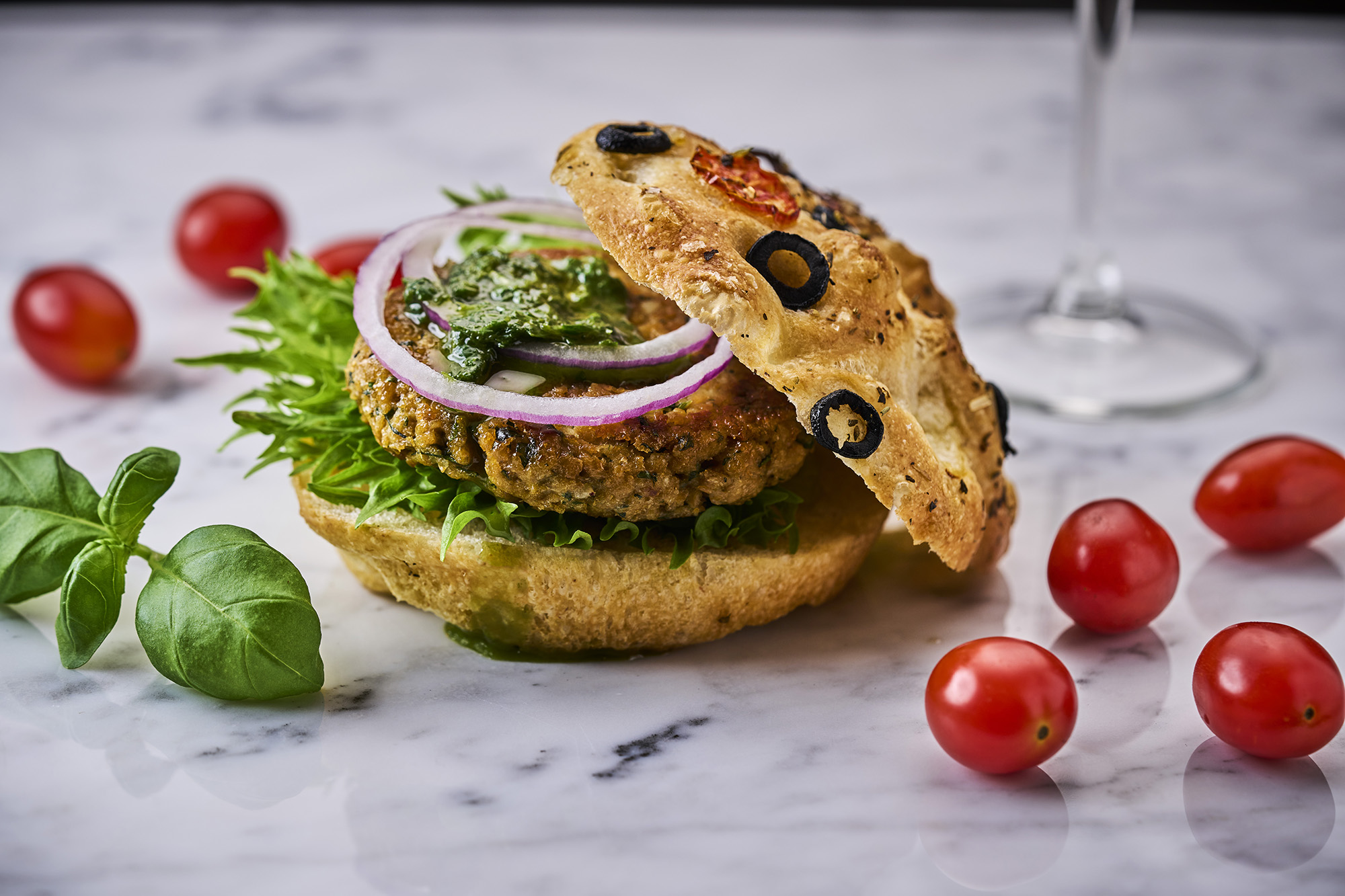
Redefining ‘healthy’
Nutrition, she stresses, is no longer just about macronutrient balance. Consumers increasingly want positive additions – micronutrients, vitamins, and minerals that make plant-based products equal to or better than animal counterparts.
In a recent survey on fish alternatives, dsm-firmenich tested consumer reactions to two salmon patty packages. One highlighted only a Nutri-Score. The other emphasized added omega-3s, iodine, and B vitamins. “Two-thirds of respondents chose the enriched option as not only healthier but also more natural. And they said they’d pay up to 20% more for it,” Nitert van Schijndel says.
“Clean label isn’t necessarily about feweringredients. It’s about consumers understanding why each one is there and whatbenefit it brings”
Her advice to product developers is simple but often overlooked: don’t just remove an ingredient and plug something else in. Start from the beginning. “Think about the product you want to create and use innovation as the foundation – not just substitution.”
If the clean label conversation today feels complex, Nitert van Schijndel hopes the future will bring clarity. “My goal is that in two or three years, most meat alternatives will be considered clean label. That doesn’t mean three ingredients – it means simple, recognizable lists that consumers trust.”
And for dsm-firmenich, the roadmap is clear: keep expanding their plant-based solutions, keep innovating to solve the largest challenges, and keep bridging taste and nutrition through co-creation with brands.
“Consumers shouldn’t have to settle,” Nitert van Schijndel says. “Our role is to make sure they don’t.”
Emmy Nitert van Schjindel is one of more than 100 speakers taking to the stage at The Future of Protein Production Amsterdam on 29/30 October 2025. To join her and more than 1,000 other attendees, book your conference ticket today and use the code, 'PPTI10', for an extra 10% discount on the current rate. Click here
If you have any questions or would like to get in touch with us, please email info@futureofproteinproduction.com



